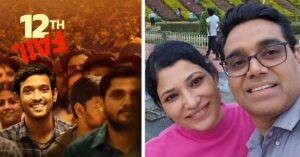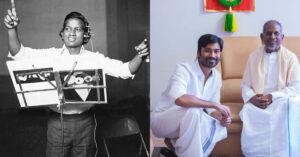India’s First Filmmaker Remains Forgotten. Do You Know His Story?
The first Indian behind a movie camera, Hiralal Sen’s pioneering contributions to Indian cinema continue to await recognition.
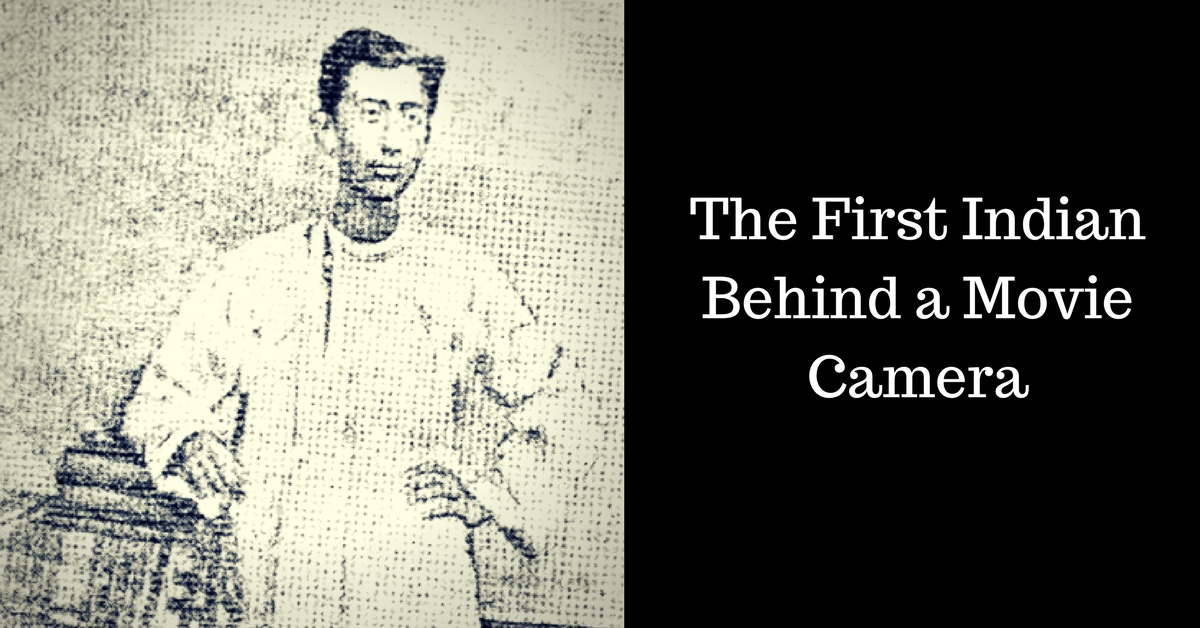
On July 7, 1896, the Lumiere Brothers (the famous French pioneers of motion pictures) showcased six films at Bombay’s Watson Hotel and India witnessed the birth of cinema. Seventeen years later, Dadasaheb Phalke’s Raja Harishchandra opened in Bombay and created history as the country’s first feature film.
However, few know that the first Indian to make movies was not Phalke but a forgotten filmmaker from Bengal. Son of a lawyer, Hiralal Sen did not just experiment with the new medium, he also made pioneering contributions to it — other than India’s first short film, he also made the nation’s first-ever advertisements.
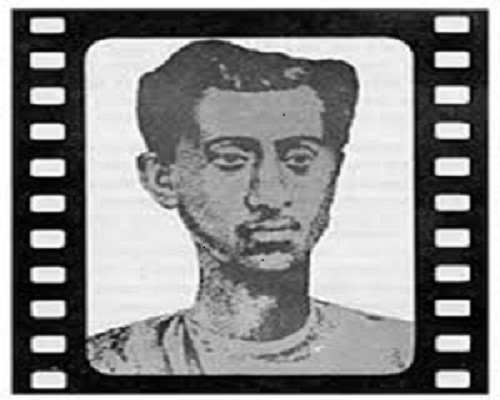
Hiralal Sen was born in 1866 in Bagajuri village of Manikganj (now in Bangladesh). His family belonged to the landed aristocracy of Bengal and his father, Chandramohan Sen, was a successful lawyer.
Soon after he finished his schooling, Sen moved to the then-named Calcutta and gained admission in a college there. It was during his college days that the young student fell deeply in love with the art of photography. By 1890, he had won several gold medals for excellence in photography and had even started his photographic studios in Manikganj and Calcutta.
While Sen was busy honing his skills in photography, the Lumiere brothers had figured out how to combine film recording and projection into a single device, creating the world’s first motion pictures.

A year after the Lumieres’ 50-second film ‘The Arrival of a Train’ created waves in 1895, first in Paris and then in India, cameraman Maurice Sestier arrived in India along with a Lumiere Cinematographe: a trinity of a camera, printer and bioscope (movie projector).
On July 7, 1896, they screened six motion films — Entry of Cinematographe, The Sea Bath, Arrival of a Train, A Demolition, Ladies and Soldiers on Wheels and Leaving the Factory for an awestruck audience at Bombay’s swanky Watson Hotel. Reported as the ‘miracle of the century’ by The Times of India, motion pictures became an instant craze in India.
Sen was not there – he would see the cinema two years later in Calcutta when a certain Professor Stevenson staged a show at Calcutta’s Star Theatre called The Flower of Persia. Back then, short films would be featured during intervals in the stage shows.
Mesmerised by the concept of motion pictures, Sen immediately decided to take up the challenge of making one on his own. He began keenly reading journals and newspapers to learn about film-shaking. Later, with Stevenson’s encouragement and camera, he finally managed to fulfil his dream, using scenes from The Flower of Persia to make his first film.

A short while later, Sen purchased an Urban Bioscope (a film projector) for a princely sum of ₹5000 from the London-based Warwick Trading Company. Next year, he joined hands with his brother Motilal Sen to launch Royal Bioscope company, a platform through which he then began showcasing films (both self-made and imported).
Though showing films may seem easy today, it definitely wasn’t a walkover in that era. Since Calcutta had electric supply in only two localities — Howrah Bridge and the Maidans — Sen often had to procure elaborate equipment and make complicated arrangements to screen films.
For instance, unable to source electric arc lamps, Sen would burn lime in a bath with oxygen (stored in a bladder) to light up the screen. This process of creating ‘limelight’ was quite risky, given the chance of unpredictable explosions.
In these efforts, Sen was helped immensely by Father E J Laffont, a teacher of Calcutta’s St Xavier’s College. Laffont (who would himself use phonograph and lime lantern during his lectures) would advise and assist Sen on how to handle the bioscope.
Sen also worked closely with Amarendranath Dutta of Calcutta’s Classic Theatre to film Classic’s plays like Bhramar and Ali Baba and the Forty Thieves. In doing this, the avid photographer used a host of innovations such as trick photography, close-ups, panning and tilts as opposed to the standard one-angle fixed photography.
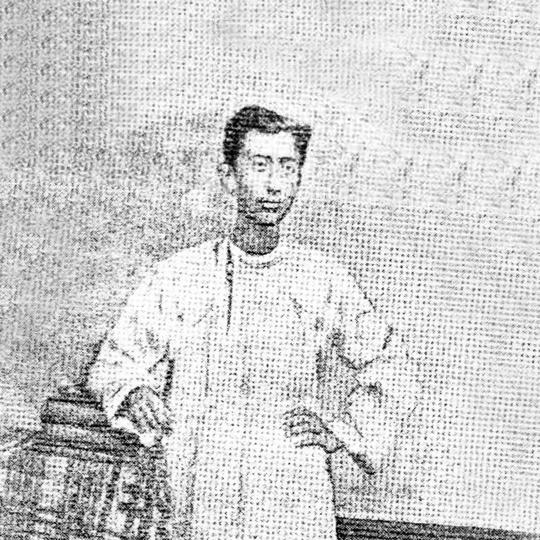
Thus, it is no surprise that Sen’s film screening became a much-awaited event in Calcutta, attracting huge crowds and appreciative reviews. One local paper raved:
“This is a thousand times better than the live circuses performed by real persons… Moreover it is not very costly…Everybody should view this strange phenomenon!”
Soon, Sen added his own scenes to his short films and began organising travelling movie shows in Bengal. Such was his popularity that his company attracted the attention of royals (like Raja Rajendra Mullick, builder of Jorasanko’s renown Marble Palace) and senior British officers (who asked him to hold shows at Dalhousie Institute).
But Sen was not satisfied by just making films on plays. In 1904, he decided to capture the immensity of a public rally opposing the Partition of Bengal on film. Using a camera placed on top of the treasury building, he was able to film eminent speakers (including Surendranath Banerjee, the founder of Indian National Association) against the backdrop of a sea of protestors.
Advertised as a “genuine Swadeshi film of our own make”, Sen’s film on the Bengal partition ended with the rallying cry of Vande Mataram. Today, it is widely considered India’s first political documentary and one of the two (the other was a film on George V’s 1911 visit to India aka Delhi Durbar) highs point of Sen’s career.

Apart from these, Sen also made films about public life, nature, political events etc. He also shot India’s first ever product commercials — featuring Jabakusum hair oil and Edward’s Anti-Malaria Tonic —using opulent villas beside the Hooghly river as locations (the concept of creating sets was yet to come into use).
However, as time went on, he began finding it harder to compete with imported films that had better access to infrastructure and technology. Forced by financial hardship and deteriorating health, he eventually closed the business and sold all his equipment in 1913. Shortly afterwards all of Sen’s films were accidentally destroyed by fire.
In October 1917, a sick and bankrupt Sen received the cruel news that the warehouse (which contained the entire stock of the Royal Bioscope Company) had accidentally caught fire.
The blaze had destroyed every film he had ever made and with them much of the proof of India’s early cinema history. Heartbroken, Sen passed away few days later.
A century later, India’s first filmmaker remains forgotten, an unsung pioneer whose contributions to Bengali as well as Indian cinema continue to await recognition. Its time we gave his story its rightful place in India’s cinematic history.
Like this story? Or have something to share? Write to us: [email protected], or connect with us on Facebook and Twitter.
NEW: Click here to get positive news on WhatsApp!
This story made me
-
97
-
121
-
89
-
167
Tell Us More
We bring stories straight from the heart of India, to inspire millions and create a wave of impact. Our positive movement is growing bigger everyday, and we would love for you to join it.
Please contribute whatever you can, every little penny helps our team in bringing you more stories that support dreams and spread hope.







